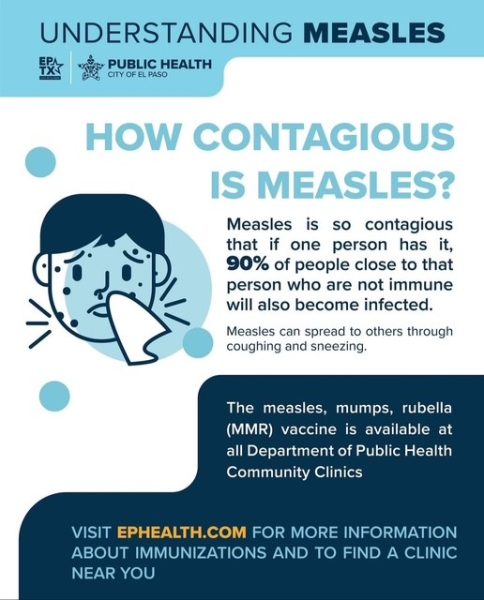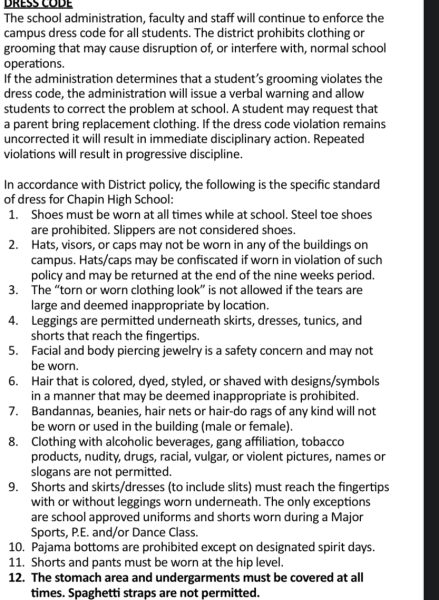Blood emergency
Country suffers massive blood shortage
On November 29, 2022, the school hosted a blood drive for students sixteen and older. Senior Max Ready donated during the blood drive.
“I felt proud of myself after stepping out of my comfort zone to help others that may need my help,” Max said.
On January 11, 2022, the American Red Cross announced the first national blood crisis in America’s history.
Currently, the country is suffering from a blood shortage. The blood shortage was a drawback of the COVID- 19 universal crisis.
Max thinks the sudden drop of donations is sad. He said he hasn’t had a blood transfusion, but has someone close to his family that has.
“Blood-drives in school are beneficial,” Max said. “It opens up an opportunity for people to explore different avenues of helping others in ways they don’t know it could possibly be.”
According to Nebraska Community Blood Bank, in the neighborhood of 41,000 units of blood is used each day in the United States. Also estimated that 5 million individuals need blood transfusions each year throughout the U.S.

. Only about 3 percent of age limited people donate every year. Junior Ayden Watts said that his brother, Charles Watts has received a blood transfusion.
“I myself have donated blood, but I can’t remember for what cause,” Ayden said. “We do need more people to donate, because without the donations, we don’t have anything to help the people in need.”
The Red Cross has experienced a 10% decline in the number of people donating blood since the beginning of the pandemic. Adding to the outpouring of COVID-19 cases, the Red Cross has knowledgable amount of low donors. According to bswhealth.com, the total donation process takes up to 35-40 minutes for one pint of blood. Each session of donation, takes up to one pint of blood each time.
“I don’t think the problem is being able to access them,” English teacher Norma Ortiz said. “People that would like to donate probably don’t have time to sit in the chair.”





